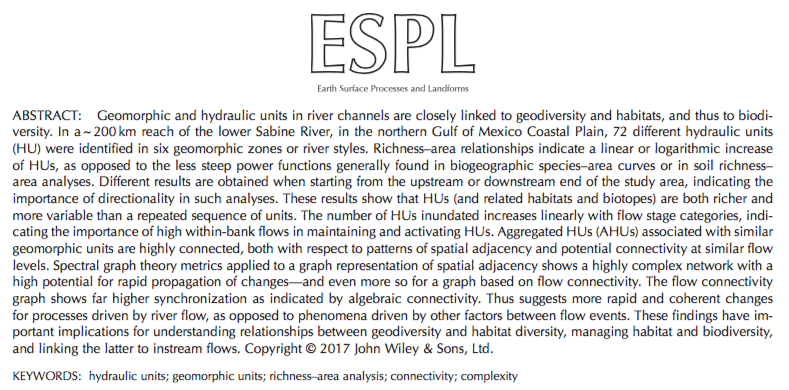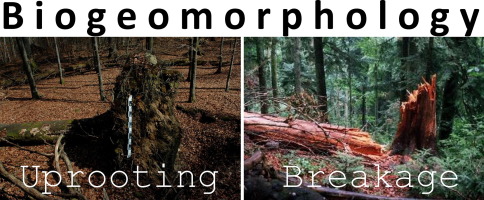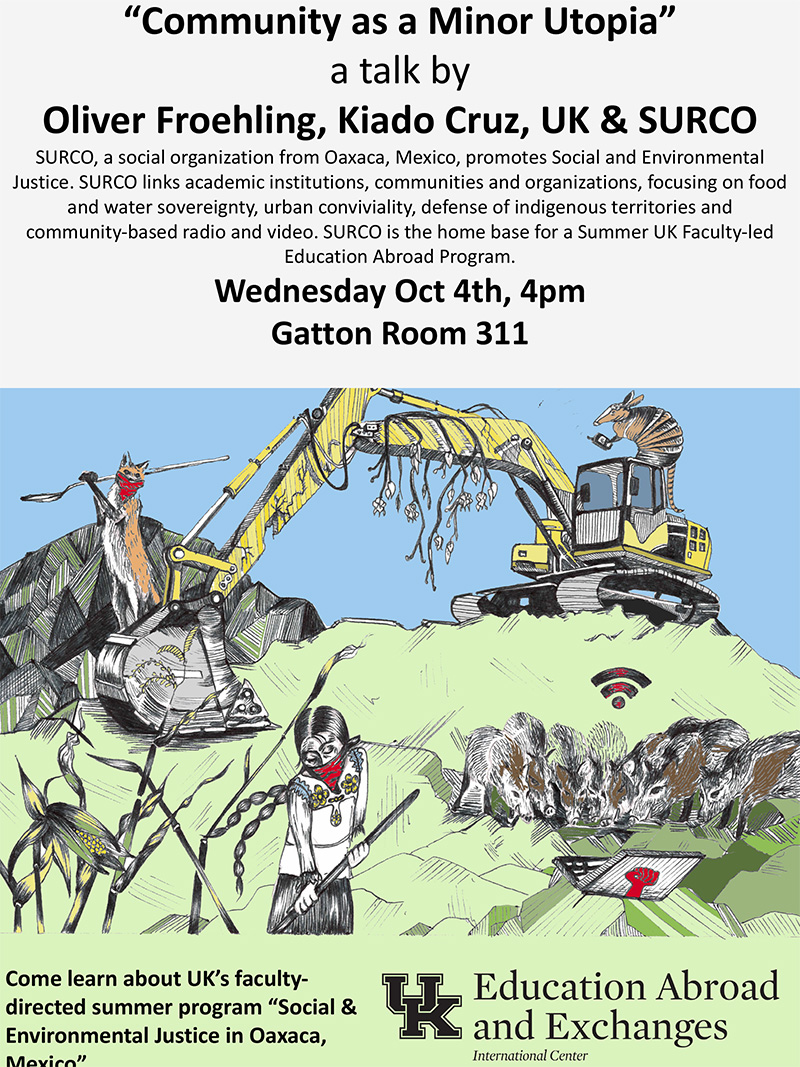LOCAL ANOMALY OR CULTURAL SHIFT?
In my experience, beer cans and bottles discarded as litter in the kinds of places where I recreate and do field work are about 80 percent Bud Light, 17 percent other undrinkable watery American light beers, and 3 percent all other brands combined. Recently, however, at a site along the Neuse River, North Carolina, the two dozen or so trash bottles I saw on the ground included NO Bud Lights!

I am not well versed enough in contemporary cultural or economic geography to speculate as to whether this is a local anomaly, a shift in taste preferences for the kind of sh*tbag Bud Light drinkers who trash the countryside, or an expansion of litterbug behavior beyond the Lite beer crowd.
Of course, when it comes to beverage container trash, no brand of beer, soda pop, or anything else comes close to the mass or volume of plastic water bottles. Why don't you people use canteens, reusable bottles, or at least recycle these things?

Posted 22 January 2018






